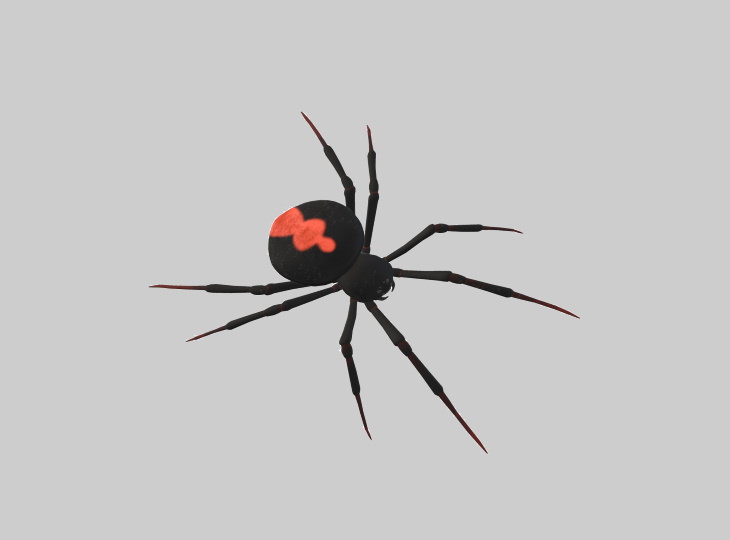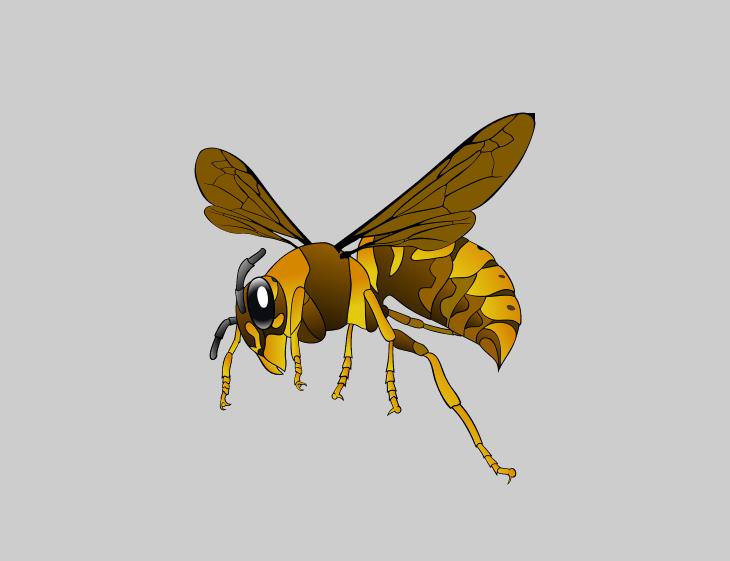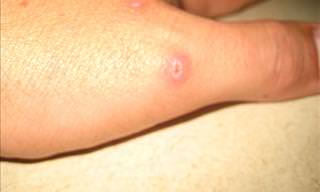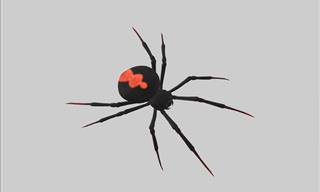1. Spiders

Although arachnid research in the field of medicine is still in the developing stages, scientists managed to isolate two main resources (spider venom and spider silk) that could potentially transform the way we treat certain conditions.
Spider venom, in particular, has been tested as an experimental treatment of pain caused by IBS (irritable bowel syndrome), as well as a substance that could potentially treat epileptic seizures.
More specifically, an Australian research team has managed to isolate a protein from the venom of a species of tarantula, Heteroscodra maculata, that can block the pain signals from the intestines to the central nervous system. The researchers then developed a treatment that was shown to inhibit IBS-related pain, at least in animal models. A different Australian research group looked at how a peptide isolated from spider venom can potentially help treat seizures in Dravet’s syndrome, a severe type of epilepsy characterized by an extreme sensitivity to high temperatures.
Spider silk is the strongest biological material on the planet, not to mention it’s very flexible and light, no wonder researchers are looking at its potential to be used in sutures and bandages, as well as medical devices and prosthetics. A research team based at the University of Massachusetts Lowell promises to come up with a new generation of spider silk-based materials that may soon transform not only medical supplies but also protective and sports equipment.
2. Cockroaches
Cockroaches may be a pest in your mind, which they definitely are, but medical science found a use even for these creepy creatures. Some researchers plan on using them as a cheaper alternative to common lab animals, like mice, in some experiments, whereas others claim the cockroach brain may hold the secret to treatment for antibiotic-resistant bacteria.
In fact, in China, there are entire cockroach-breeding farms, as ground-up cockroaches are believed to treat gastrointestinal problems. Also, a research team in the UK found that the brains of cockroaches and locusts contain at least 9 different compounds that could potentially kill drug-resistant bacteria.
The researchers hope one of these compounds may be the key to a cure for infections caused by such increasingly-resistant bacteria, like Escherichia coli and MRSA.
3. Wasps
A fear of wasps is completely warranted, as their stings can be not only spontaneous and extremely painful, but also commonly cause allergic reactions. But, as it often happens in medicine, toxic substances may hide a secret medical use that may save lives in the future.
In the case of wasp and hornet venom, there are at least 2 different compounds that may open the door to medical innovation. The most-studied compound is mastoparan, a peptide that can be found in the venom of different species of wasps and hornets. Mastoparan has been found to have antimicrobial, antibiotic and even anti-cancer properties, but there is a catch.
It turns out that, while mastoparan does kill the harmful bugs and makes certain tumors vanish, it is toxic to the healthy cells as well, so the next hurdle in clinical research is a more targeted treatment. Finally, a different type of peptides (ampulexins) from the venom of emerald jewel wasps, on the other hand, are currently reviewed as a potential treatment of Parkinson’s disease.
As you can tell, the majority of these research projects are a work in progress, but it’s fun to entertain the idea of these arthropods saving human lives nevertheless. It would be an unexpected turn of events to find yourself in a situation where you owe your health to a creature you despise, wouldn’t it?
 Go to BabaMail
Go to BabaMail


























